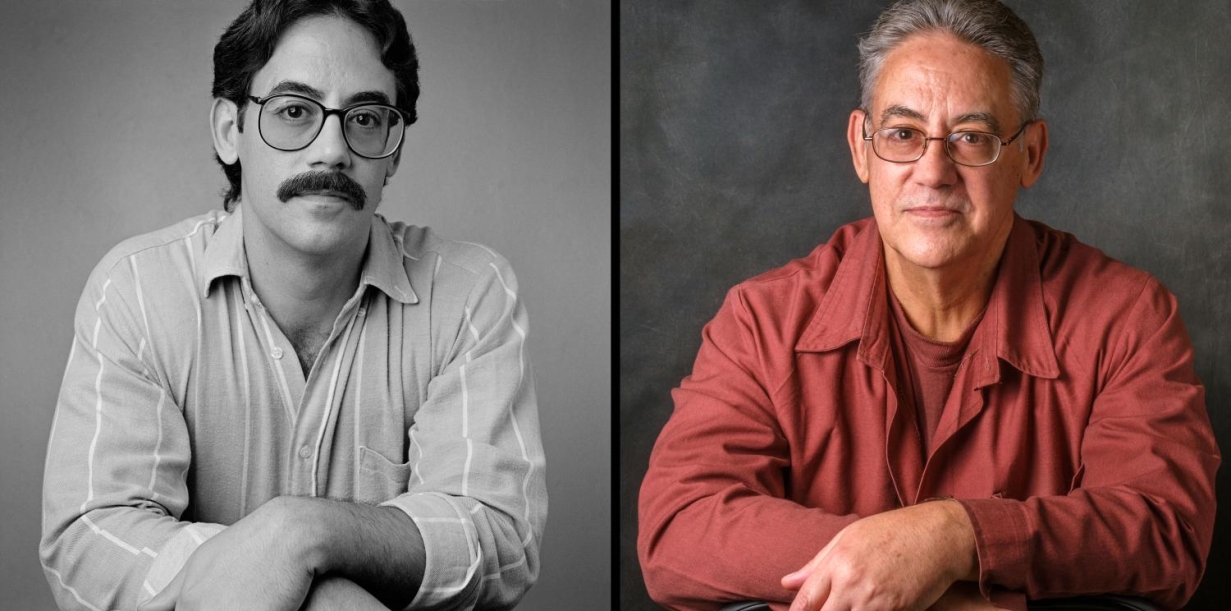

Craig Datesman
1990s: A life sentence is a daily frustration, like being a factory worker who does menial tasks and knowing he's never going to get promoted. You feel like a robot because of the control you are under. You have to shower, eat and leave and return to the block at the same time every day. Day after day, week after week, and then year after year.
2017: The meeting with the victim's family, telling her what actually happened, was the best thing in my whole incarceration.
I realize how important family is and how satisfying it is to help others, tutoring other people, being there, sharing your experiences with them. It's more satisfying than constantly worrying about yourself.
Still doing Life: 22 Lifers 25 Years Later
Howard Zehr | All participants are from Pennsylvania, United States
Photographer: Howard Zehr
Exhibit Title: Still doing Life: 22 Lifers 25 Years Later
Location: All participants are from Pennsylvania, United States
This project involved portraits of and interviews with a group of lifers in the early 1990s and in 2017, 25 years later. The 1990's photos and text were published in Doing Life: Men and Women Serving Life Sentences (Good Books, 1996). The paired photos were published in a 2022 book, Still Doing Life: 22 Lifers 25 Years Later (The New Press) and are exhibited in several current traveling exhibits by the same name.
The quotes in this exhibit are extracted from larger interviews included in Still Doing Life.
Co-author of the Still Doing Life book is Barb Toews. I am the photographer and interviewer for both years.
Howard Zehr is Distinguished Professor of Restorative Justice at the Center for Justice & Peacebuilding, Eastern Mennonite University, Harrisonburg, VA. He is author of many books including the best-selling The Little Book of Restorative Justice and a number of photography books including Pickups: A Love Story. He has worked part-time as a photographer and photojournalist for many years.
In the early 1990s, I interviewed and photographed 75 men and women serving life sentences in Pennsylvania. Fifty of these either were included in the book, Doing Life: Men and Women Serving Life Sentences in 1996. In 2017, I was able to revist 22 of these same men and women, re-interviewing them and making new portraits. Conversations focused on life sentences, what they had learned and how they were coping. The 2022 book Still Doing Life: 22 Lifers 25 Years Later (co-author Barb Toews; The New Press) presents the portraits and interview selections from the two years side-by-side. The traveling exhibit version is similar but with short quotations.
The primarily goal with this project has been to humanize people, encouraging thought and dialogue about crime, justice and life sentences drawing upon reall people instead of the usual stereotypes and generalizations.
My similar book project, Transcending: Reflections of Crime Victims (Good Books, 2001), did the same with violence survivors. Taken together, these projects reflect the restorative justice philosophy that guides my work as well as that of co-author Barb Toews.
(The New Press)
zehrhj@gmail.com
howard.zehr@emu.edu
540-436-9086
Make Comment/View Comments